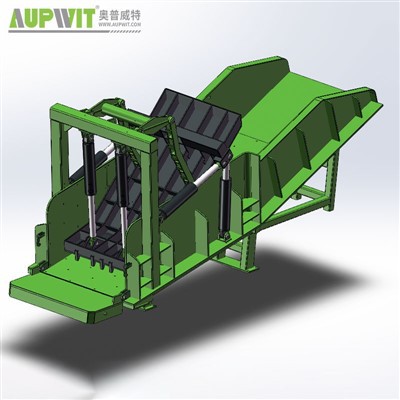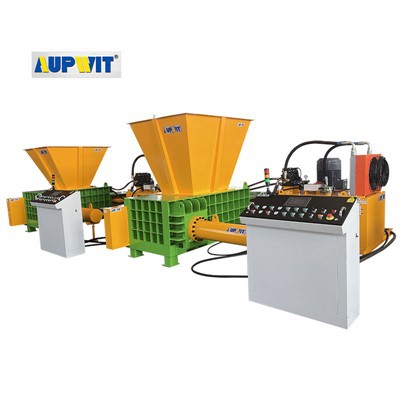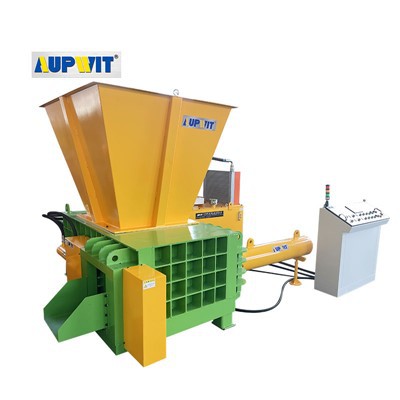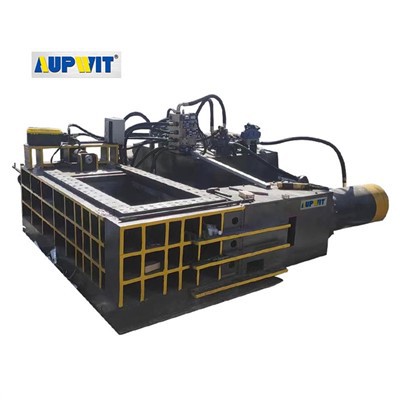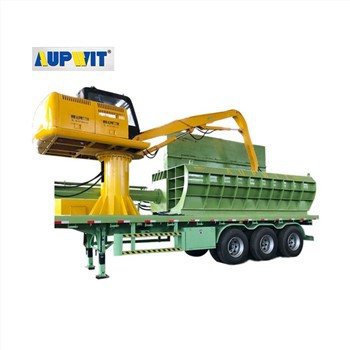Metal Recovery Enhancement Through Swarf Briquetting
A swarf briquetting press enhances metal recovery through several key mechanisms that address common challenges in handling and processing metal waste. By compressing loose swarf into dense, uniform briquettes, the machine significantly reduces the loss of small or fine particles that often escape during traditional handling and transportation.
Contaminant Removal
The compaction process helps remove contaminants that can hinder effective metal recovery. Oils, coolants, or other fluids present in swarf are often expelled during compression, leaving behind purer metal briquettes.
- Reduces need for extensive cleaning during recycling
- Minimizes metal loss during preprocessing stages
- Improves overall purity of recycled material
Processing Efficiency
Briquetting improves the efficiency of transportation and feeding into smelting or recycling equipment. Loose swarf tends to be bulky and irregular, making it difficult to handle uniformly.
- Compact briquettes flow consistently through systems
- Minimizes jams in processing equipment
- Ensures steady supply to recycling operations
- Reduces downtime in recycling facilities
Material Preservation
The dense structure of briquettes reduces oxidation during storage and transportation. Exposed loose swarf is prone to rusting or degradation, which can lower its recyclable value.


